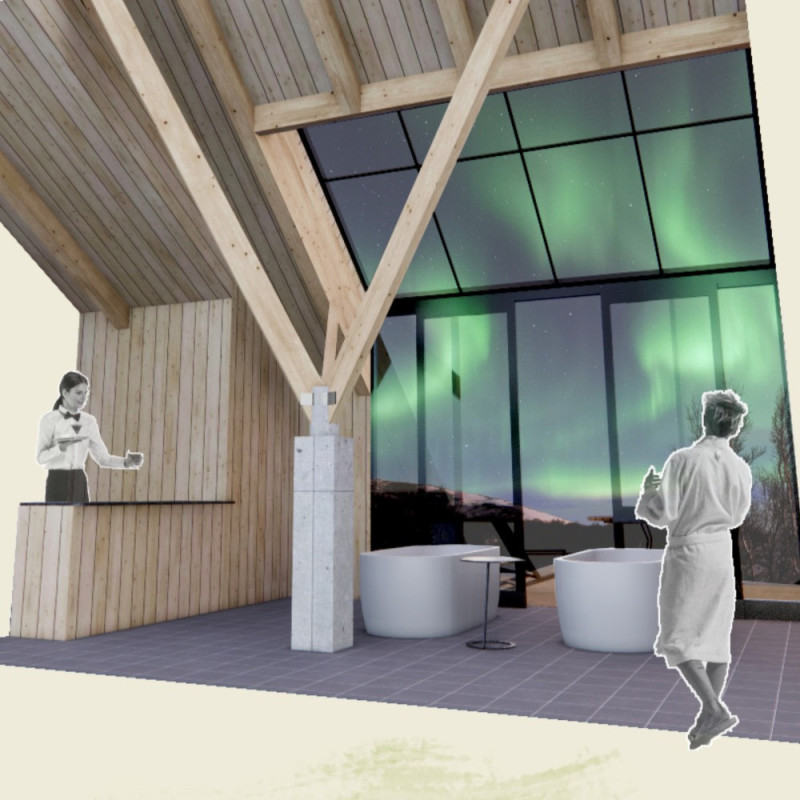5 key facts about this project
From the outset, the project reflects a deep understanding of its site. The careful consideration of topography and climate influences the layout and orientation of the building, optimizing natural light and ventilation to enhance the living experience. Architectural elements align with local cultural themes, integrating traditional motifs with contemporary design practices. The careful balance between innovation and cultural relevance is one of the project’s standout features, allowing it to resonate deeply with its inhabitants while remaining functional and purposeful.
The architectural design employs a variety of materials, each chosen for its suitability to both the aesthetic and functional goals of the project. The primary materials used include reinforced concrete, glass, steel, and sustainably sourced wood. Reinforced concrete forms the structural backbone, providing strength and durability while allowing for various structural expressions. Extensive use of glass offers transparency and connection to the outdoors, blurring the lines between interior and exterior spaces. Steel is incorporated in various frameworks, facilitating expansive open areas that enhance the usability of the space. Meanwhile, the use of wood introduces warmth, contributing to a welcoming atmosphere that invites engagement.
Attention to detail is evident in the various design elements that characterize the project. The facade is particularly noteworthy, exhibiting a careful rhythm of openings and materiality that enhances both visual interest and functional aspects, such as passive cooling and natural light penetration. Elements such as overhangs and shading devices have been thoughtfully integrated, demonstrating a commitment to reducing energy consumption while enhancing comfort. Additionally, landscaping plays a crucial role in the overall design, with outdoor spaces that provide opportunities for relaxation and social interaction, promoting a sense of community among users.
In terms of functionality, the building is designed with flexibility in mind, accommodating a range of uses that may evolve over time. This adaptability is key to ensuring the longevity of the project and its relevance to future generations. The interior spaces are laid out to facilitate movement and flow, ensuring that users can easily navigate the building while enjoying a variety of spaces tailored to different activities.
The unique design approaches visible throughout the project underscore a commitment to creating an architectural narrative that is deeply connected to its environment and community. The melding of traditional and modern design techniques showcases an innovative spirit while honoring historical context. This multifaceted approach extends to the way the project engages with its users, inviting them to interact with and contribute to the ongoing story of the space.
As readers engage with this project, they are encouraged to explore the architectural plans, sections, and designs to appreciate the detailed thought processes that informed each decision. This project serves as an excellent case study in contemporary architecture that respects both function and form, and a closer look will reveal the extensive research and creativity that merged to produce such a significant space. For a deeper understanding of the intricate architectural ideas that comprise this project, further examination of its presentation is highly recommended.


























